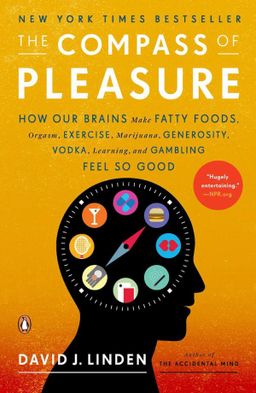Hakkında
Unvan:
Profesör, Yazar
Okurlar
2 okur okudu.
1 okur okuyor.
14 okur okuyacak.
Sözler ve Alıntılar
Your Sexy Brain
Social psychologists who have interviewed people in long-term relationships find that the intense, initial phase of romantic love typically lasts from nine months to two years, to be replaced, in most couples, by a less intense form of loving companionship. Given what we know about the distortions of thought and self-image and the sexual obsession that accompany the early phase of love, one has to wonder about our laws. Most states in the United States require a six-to twienty-four-month delay before granting a divorce, but anyonce can get married immediately. One could make a case that to promote good, long-term marriages, the delay should be mandated on the front end.
A small number of people do report that their feelings for their partner are just as intense ten or twenty years on as they were soon after they first met. Most of these individuals seem to be telling the truth abou the depth of their emotions. When Brown's research group performed the lover's-face brain imaging experiment on subjects whose love relationship had lasted for ten years or more, they found an interesting result. Most of the long-term lovers no longer showed strong activation of the VTA dopamine center—the other brain changes were mostly intact, but the pleasure circuit no longer got that cocaine-like jolt. However, in the small group that still reported being intensely in love, the VTA pleasure circuit remained strongly activated by the image of the lover's face. That interesting result validates the idea that a minority of couples can indeed keep that glow of new love burning beyond the initial infatuated state of a relationship. However, the ultimate causality here is not clear.
Sayfa 103Kitabı okudu
Stoned Again
Whatever our prejudices, the truth is, given the right circumstances (which can include factors like high stress, early drug exposure or childhood abuse, poor social support, or genetic predisposition), anyone can become a drug addict. Addiction is not just a disease of weak-willed losers. Indeed, many of our most important historical figures have been drug addicts — not only the creative, arty types like Charles Baudelaire (hashish and opium) and Aldous Huxley (alcohol, mescaline, LSD), but also scientists like Sigmund Freud (cocaine) and hard-charging military leaders and heads of state from Alexander the Great (a massive alcoholic) to Prince Otto von Bismarck (who typically drank two bottles of wine with lunch and topped it off with a little morphine in the evening).
Sayfa 64Kitabı okudu


